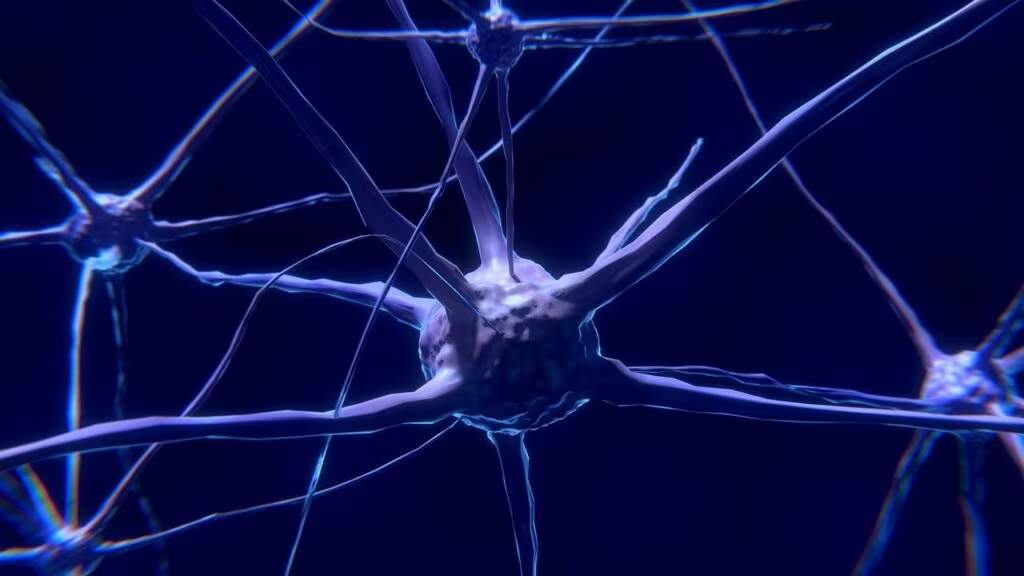Landmark Study Redefines Non-Celiac Gluten Sensitivity
A significant new study is challenging the long-held assumption that gluten is the primary trigger for symptoms in individuals suffering from Non-Celiac Gluten Sensitivity (NCGS). The research, which utilized rigorous scientific methodology, suggests that for a majority of people who believe they are gluten sensitive, the true source of their distress lies not in the gluten protein itself, but in complex interactions along the gut-brain axis and the presence of highly fermentable carbohydrates known as FODMAPs.
This finding carries profound implications for diagnosis, dietary management, and the overall understanding of functional gastrointestinal disorders. It moves the conversation away from simple dietary exclusion and toward a nuanced understanding of how the gut and brain communicate.
Distinguishing NCGS, Celiac Disease, and Wheat Allergy
Before this research, individuals experiencing digestive and systemic symptoms after consuming wheat often fell into one of three categories. It is crucial to understand that the new findings do not apply to the two established medical conditions:
Celiac Disease (CD)
Celiac Disease is a severe, lifelong autoimmune disorder where consuming gluten (a protein found in wheat, barley, and rye) triggers an immune response that damages the lining of the small intestine (villi). Diagnosis is confirmed through blood tests and biopsies. This condition requires strict, permanent gluten avoidance.
Wheat Allergy
This is a classic allergic reaction mediated by IgE antibodies, typically causing immediate symptoms like hives, swelling, or difficulty breathing after consuming wheat. It is distinct from both Celiac Disease and NCGS.
Non-Celiac Gluten Sensitivity (NCGS)
NCGS is a diagnosis of exclusion—meaning it is applied when Celiac Disease and wheat allergy have been ruled out, but the patient reports symptoms (such as bloating, abdominal pain, fatigue, and ‘foggy mind’) after consuming gluten-containing foods. The new research specifically targets this third category, suggesting that the sensitivity is often misattributed.

The Role of FODMAPs: Fermentable Culprits
The most compelling evidence from the study points to FODMAPs as the primary triggers for symptoms previously blamed on gluten. FODMAP is an acronym for Fermentable Oligosaccharides, Disaccharides, Monosaccharides, and Polyols—a group of short-chain carbohydrates that are poorly absorbed in the small intestine.
When these poorly absorbed carbohydrates reach the large intestine, they are rapidly fermented by gut bacteria. This fermentation process produces gas and draws water into the bowel, leading to the classic symptoms associated with irritable bowel syndrome (IBS) and, often, NCGS:
- Bloating and Distension: Caused by gas production during fermentation.
- Abdominal Pain: Resulting from the stretching of the intestinal wall.
- Altered Bowel Habits: Diarrhea or constipation due to water retention and motility changes.
Crucially, many foods rich in gluten, such as bread, pasta, and cereals, are also high in FODMAPs (specifically fructans). This co-occurrence makes it difficult for individuals to isolate the true cause of their discomfort without controlled testing.

The Scientific Methodology Behind the Findings
The study’s strength lies in its use of the double-blind, placebo-controlled challenge—the gold standard in nutritional research. This methodology is essential for separating genuine physiological reactions from psychological effects.
In these types of trials, participants who self-identify as gluten sensitive are given three different substances in capsules, often over several weeks, without knowing which they are receiving:
- Pure Gluten: The supposed trigger.
- FODMAPs (e.g., fructans): The suspected true trigger.
- Placebo: An inert substance (e.g., rice starch).
The Power of the Nocebo Effect
One of the most revealing aspects of the research was the demonstration of the nocebo effect. This is the opposite of the placebo effect, where negative expectations lead to negative physical symptoms.
In the study, many participants reported significant symptoms when they believed they had consumed gluten, even when they had only consumed the placebo. This suggests that the expectation of feeling sick after eating wheat—fueled by media coverage and personal narrative—can be powerful enough to induce genuine physical distress, even in the absence of the supposed trigger.
“The findings strongly suggest that the symptoms experienced by many individuals diagnosed with NCGS are often triggered by the expectation of consuming gluten, or by the high FODMAP content in wheat products, rather than the gluten protein itself,” stated the research team.
This does not invalidate the patient’s experience of pain or discomfort; it simply reattributes the cause from a specific protein (gluten) to a combination of fermentable carbohydrates and the gut-brain connection.
Practical Implications for Diet and Diagnosis
These findings necessitate a shift in how healthcare providers approach patients presenting with symptoms of NCGS. Instead of immediately recommending a blanket gluten-free diet, which can be restrictive, expensive, and nutritionally incomplete, the focus should shift to targeted elimination and challenge diets.
What Should Patients Do Now?
For individuals who have self-diagnosed or been diagnosed with NCGS, the research suggests a more precise diagnostic pathway:
- Rule Out Celiac Disease and Wheat Allergy: This is the non-negotiable first step, typically involving blood tests and endoscopy.
- Trial a Low-FODMAP Diet: If Celiac Disease is ruled out, working with a registered dietitian to implement a structured low-FODMAP diet can help isolate the true triggers. This involves eliminating all high-FODMAP foods (including many fruits, vegetables, dairy, and grains) and then systematically reintroducing them.
- Gluten Challenge: Only after a low-FODMAP diet has been trialed should a controlled gluten challenge be performed to definitively determine if gluten itself is the trigger, independent of FODMAPs.

The Importance of the Gut-Brain Axis
The study underscores the critical role of the gut-brain axis—the bidirectional communication system between the central nervous system and the enteric nervous system (the nervous system of the gut). Stress, anxiety, and psychological factors can directly influence gut motility, permeability, and sensitivity.
When a person expects a food to cause pain (the nocebo effect), the brain can signal the gut to increase sensitivity and inflammation, leading to real physical symptoms. Understanding this connection opens doors for treatments that combine dietary intervention with stress management and psychological support.
Key Takeaways and Future Research
This landmark research provides clarity for millions of people worldwide who struggle with digestive discomfort and fatigue after eating wheat products. The key takeaways for consumers and clinicians are clear:
- Gluten is not the universal villain: In most cases of NCGS, the gluten protein is likely innocent.
- FODMAPs are the likely culprits: Fermentable carbohydrates found in wheat and many other foods are highly correlated with NCGS symptoms.
- The Mind-Body Connection is Real: The nocebo effect demonstrates that the expectation of harm can induce genuine physical symptoms via the gut-brain axis.
- Diagnosis Must Be Rigorous: Self-diagnosis or simple elimination diets are insufficient; controlled challenges are necessary to identify the specific trigger.
Future research will focus on developing better biomarkers for NCGS—objective physiological markers that can definitively distinguish between true gluten reactivity and FODMAP/gut-brain axis sensitivity, thereby improving the accuracy of diagnosis and leading to more effective, less restrictive treatment plans for patients.
Originally published: November 9, 2025
Editorial note: Our team reviewed and enhanced this coverage with AI-assisted tools and human editing to add helpful context while preserving verified facts and quotations from the original source.
We encourage you to consult the publisher above for the complete report and to reach out if you spot inaccuracies or compliance concerns.

